
Rhinoplasty Preoperative Preparation Process During the preoperative preparation for rhinoplasty, the doctor provides the necessary information. In g..
More >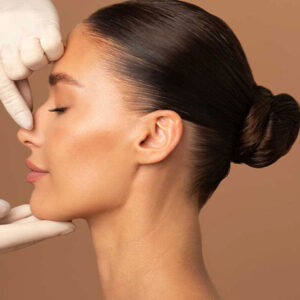
What Is the Aim of Rhinoplasty? The nose is the most important structure determining the shape of the face. Deformities in the nose can lead to aesth..
More >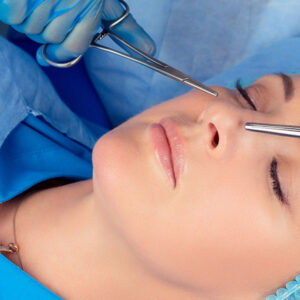
Frequently Asked Questions About Rhinoplasty In Which Cases Should Nasal Aesthetic Surgery Be Performed? Nasal aesthetic surgery can be performed in..
More >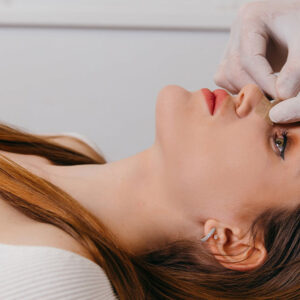
What is Rhinoplasty Surgery Like? It is a surgical procedure performed with the aim of altering or correcting the shape of the nose. Rhinoplasty surg..
More >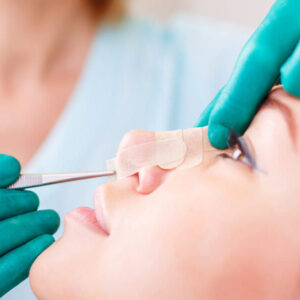
What Are the Surgical Methods in Rhinoplasty? Today, with the advancement of medical and technological methods, there are various effective surgical ..
More >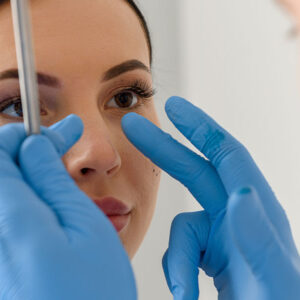
What Is Nose Aesthetics (Rhinoplasty)? Who Is It Suitable For? Nose aesthetics, is referred to as rhinoplasty in the medical literature. It is a surg..
More >
Aesthetic Fillers Aesthetic fillers are used to eliminate deep wrinkles on the forehead, between the eyebrows, around the eyes, around the lips, and ..
More >
Chin Aesthetics and the Ideal Profile Appearance People often believe that the appearance of the nose is the most important factor for a beautiful pr..
More >
Endoscopic Midface Rejuvenation – Facelift As our face ages, in addition to wrinkles on the skin, tissue sagging, more pronounced natural grooves, an..
More >
Neck Rejuvenation Along with the aging face, the tissues of the neck also begin to show signs of aging. Additionally, excess weight gain can lead to..
More >
 Türkçe
Türkçe Français
Français Deutsch
Deutsch